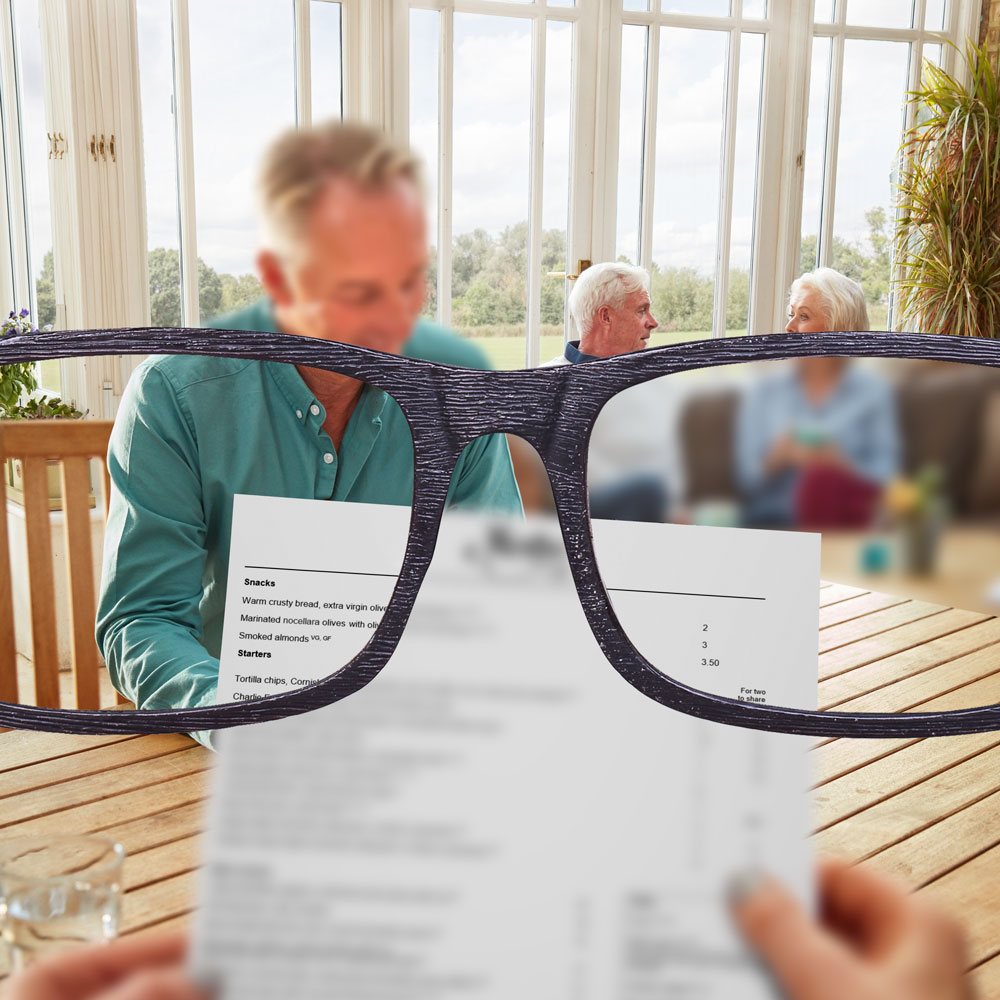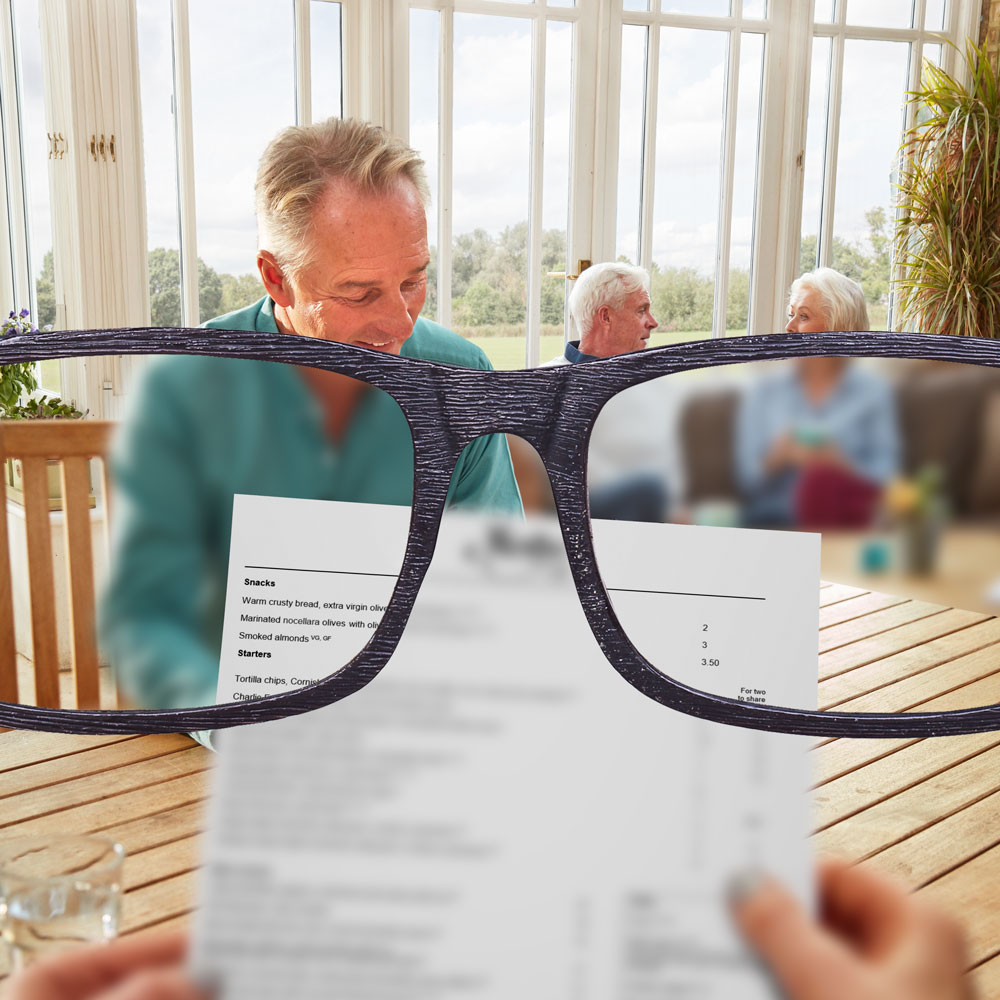Monofocal IOLs
A monofocal IOL has a single point of focus that typically only allows you to clearly see objects in the distance (e.g. driving, cycling, watching TV). For objects and activities that require your intermediate (e.g. using your computer or anything at arm’s length) and near (e.g. reading, writing, using your mobile phone) vision you will need to wear glasses.
Monofocal IOLs are often the standard level of care offered by public hospitals for cataract surgery.
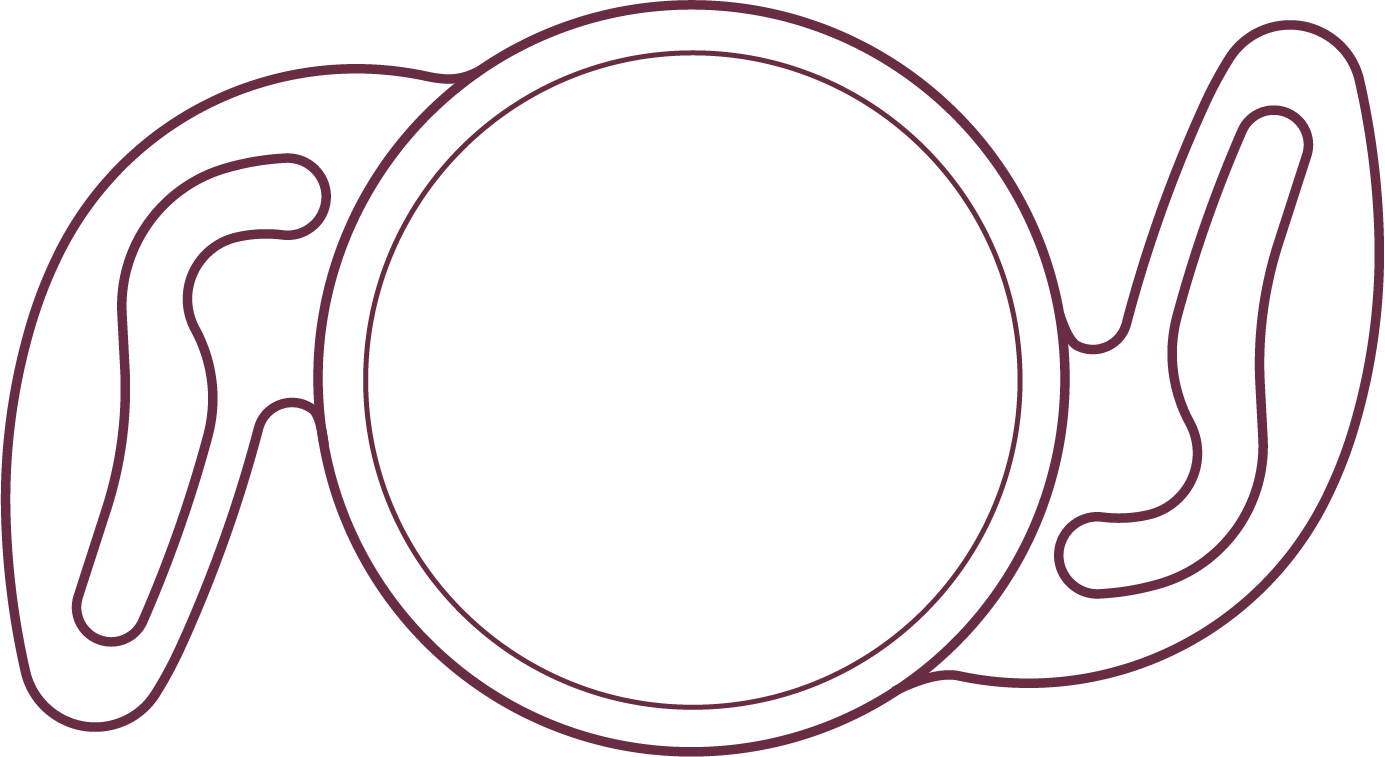
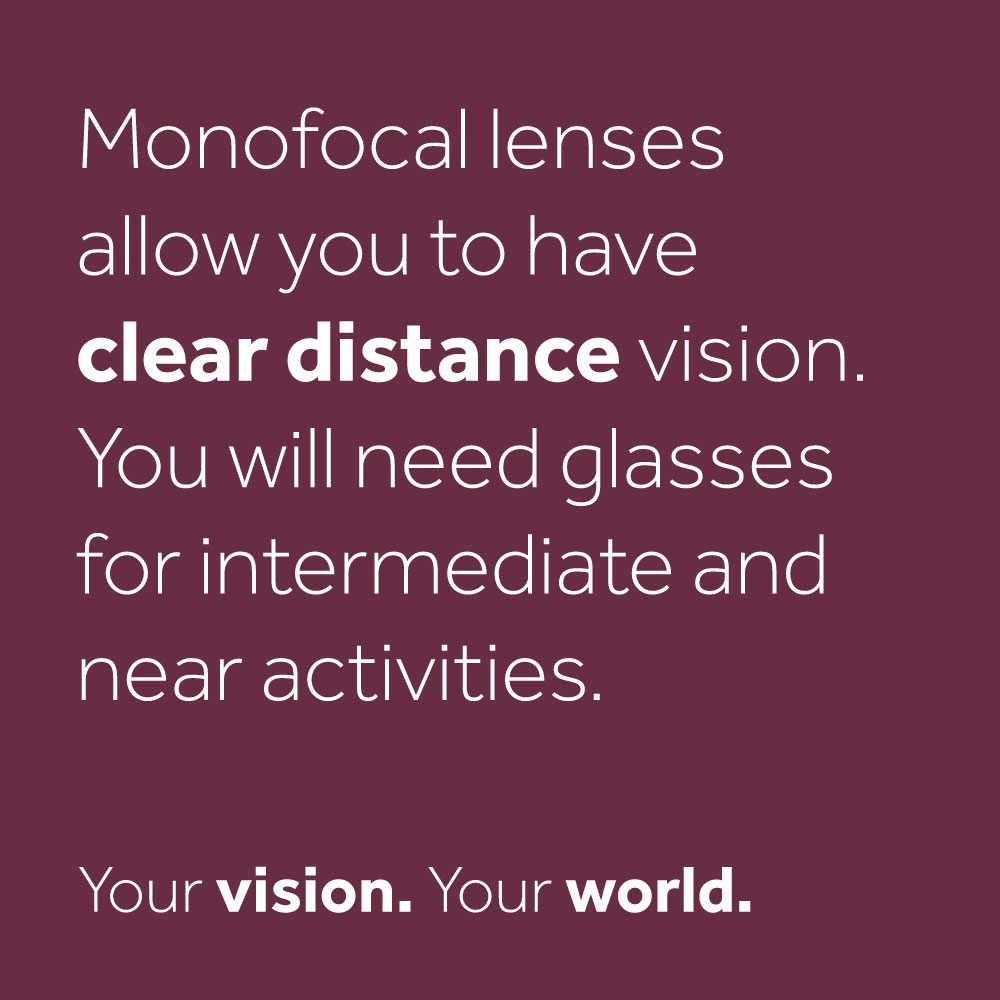
Monofocal visual outcomes
Monofocal IOLs
The monofocal IOLs offered by Rayner are RayOne Spheric, RayOne Aspheric, RayOne Hydrophobic and RayOne Hydrophobic BLF.
Some of Rayner’s IOLs are made of a hydrophilic acrylic material and others are made of a hydrophobic acrylic material. Your surgeon will usually have a preference for one of these materials. Both are highly biocompatible so don’t react with living tissue, safely lasting you a lifetime.
All Rayner’s traditional monofocal IOLs are designed to provide you with high-quality distance vision without the need for glasses and are incredibly stable and secure once inside the eye.
Blue light filtering
During the day you are exposed to natural blue light from the sun and also from modern electronic devices such as smartphones, tablets and notebooks. Exposure to some blue light is important for your circadian rhythm and for a good sleep-wake balance. However, certain high-energy blue wavelengths are considered harmful to your skin and retina.
In addition to restoring your eyesight, some IOLs contain a special filter that could help to protect your retina (the back of your eye) from potentially harmful blue light. RayOne Hydrophobic BLF (Blue Light Filter) mimics the natural lens in your eye that is removed during cataract surgery by filtering some of this potentially harmful light.

If you have some astigmatism in your eye, then your surgeon may be able to correct this at the same time with RayOne Toric.
What can I see clearly with a monofocal lens?
Enhanced monofocal IOLs
Rayner also offers an enhanced monofocal IOL, called RayOne EMV, with an optical design that many patients find provides a greater range of clear vision compared to traditional monofocal IOLs1. While a traditional monofocal IOL may only provide clear distance vision, RayOne EMV can provide you with functional intermediate vision for activities such as using a computer or cooking.
About one in three patients that receive RayOne EMV targeted to achieve good distance vision in both eyes find that they’re completely spectacle independent for near tasks as well, such as using a mobile phone or reading a menu1.
Some IOLs can come at the risk of negative visual side effects such as stray lights experienced as glare, haloes, or starbursts2. While they might also provide a greater range of clear vision like RayOne EMV does, you may decide that you prefer an IOL like RayOne EMV, which is likely to not induce any visual side effects.
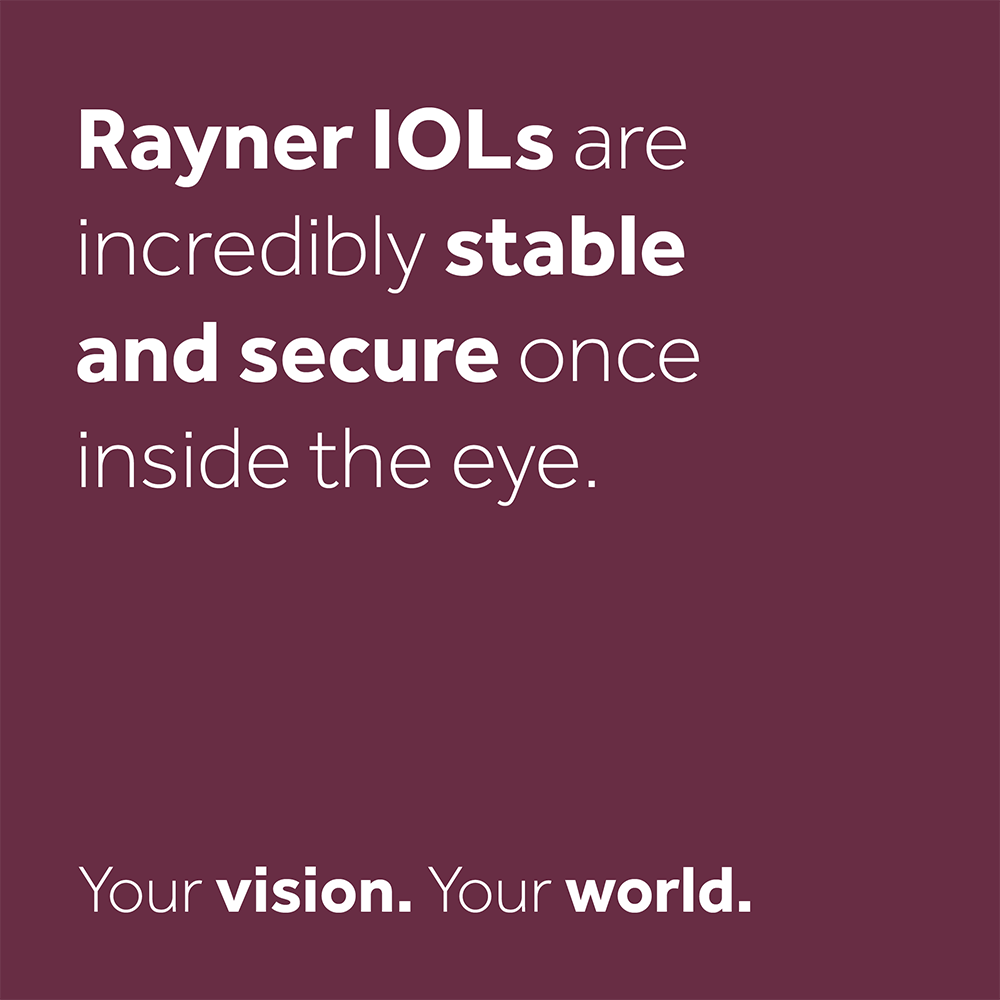
1Royo, M. RayOne EMV and TECNIS Eyhance: A Comparative Clinical Defocus Curve. Data on file. 2021.
2Buckhurst, P et al. Assessment of dysphotopsia in pseudophakic subjects with multifocal intraocular lenses. BMJ Open Ophthalmol. 2017; 1(1).
3Zhang F, Sugar A, Barrett G. Pseudophakic monovision: A clinical guide. Thieme. 2018.
If you have some astigmatism in your eye, then your surgeon may be able to correct this at the same time with RayOne EMV Toric.






